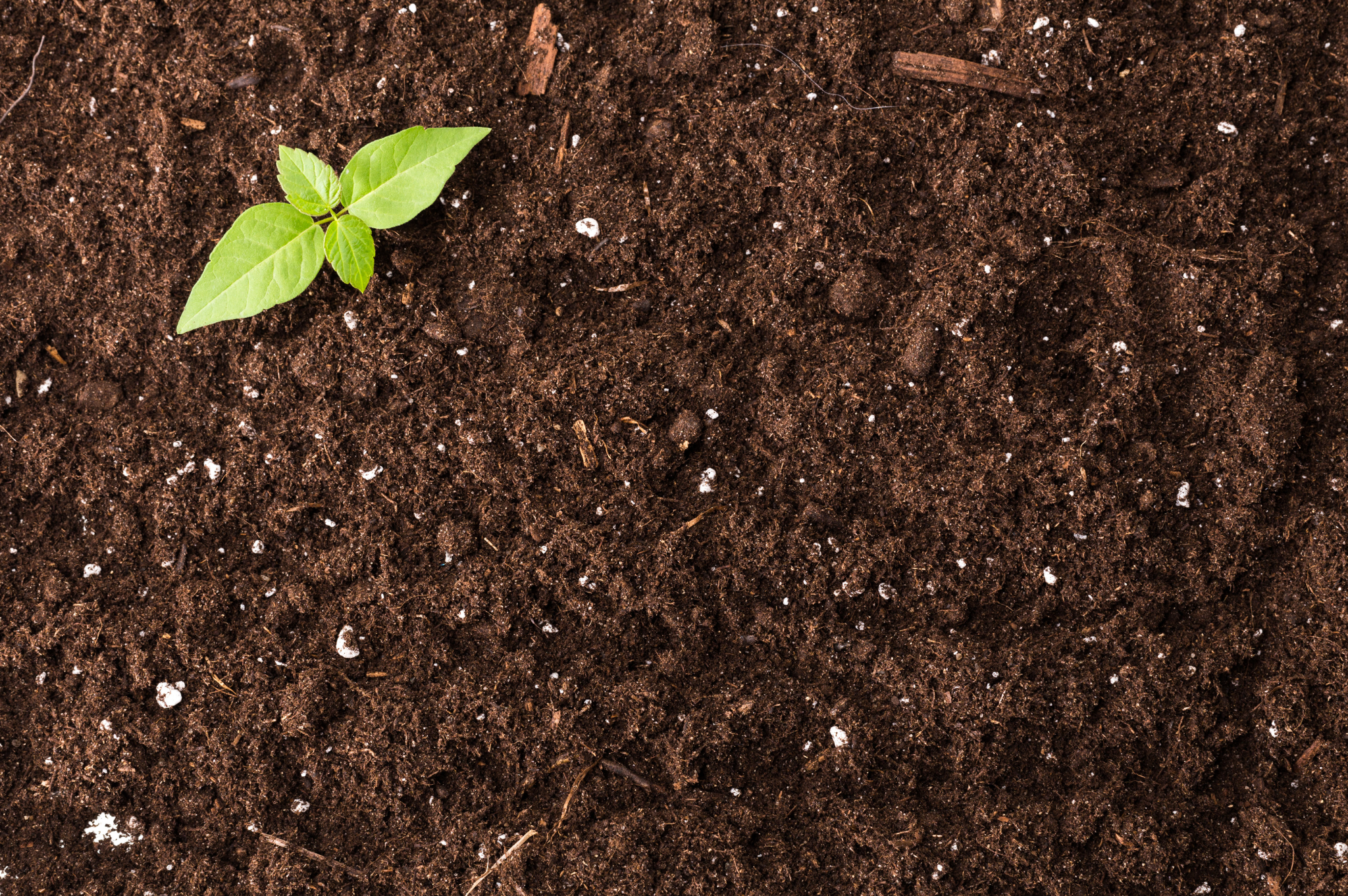As consumer demand for sustainability reaches an all-time high, brands are under pressure to rethink their packaging strategies. One of the most talked-about innovations? Compostable packaging. But how does it actually work—and is it truly the environmental game-changer many claim it to be?
In this guide, we break down the science behind compostable packaging, explore its benefits and limitations, and introduce a next-gen solution that combines compostability with high performance: Impermea Materials' barrier coatings.
What Is Compostable Packaging?
Compostable packaging is designed to break down into natural elements in a compost environment, leaving no toxic residue. Unlike traditional plastic, which can take hundreds of years to degrade and often releases harmful microplastics, compostable materials are derived from renewable resources like cornstarch, sugarcane, or cellulose.
There are two types:
-
Home compostable: Breaks down in backyard compost bins.
-
Industrial compostable: Requires the high heat and controlled conditions of a commercial composting facility.
Key Requirements:
-
Must fully break down into non-toxic elements (CO₂, water, biomass).
-
Should decompose within a specified timeframe (typically 90–180 days).
-
Needs third-party certification, like ASTM D6400 or EN13432, to be considered truly compostable.
How the Decomposition Process Works
Compostable packaging undergoes biodegradation, where microbes consume the material and convert it into compost.
Step-by-Step Breakdown:
-
Moisture and oxygen activate the breakdown process.
-
Microorganisms (bacteria and fungi) digest the organic material.
-
The material turns into carbon dioxide, water, and humus (a nutrient-rich soil conditioner).
Environmental factors like temperature, humidity, and microbial presence play crucial roles. That’s why industrial composting facilities speed up the process with controlled heat and airflow.
Benefits of Compostable Packaging
-
Reduced Landfill Waste: Compostable materials are designed to return to the earth, not sit in landfills.
-
Lower Carbon Footprint: Many compostable materials require less energy to produce.
-
No Microplastics: Unlike biodegradable plastics, compostable materials don’t fragment into microplastics.
The Reality Check: Challenges to Consider
While the benefits are clear, compostable packaging comes with its caveats:
-
Limited Infrastructure: Not all municipalities have industrial composting facilities.
-
Misleading Claims: Many "biodegradable" products are not compostable under real-world conditions.
-
Performance Gaps: Traditional compostables often struggle with durability, moisture resistance, and shelf life, critical for food, healthcare, and industrial applications.
Enter Impermea Materials: Compostable + High Performance
This is where Impermea Materials sets a new industry standard.
Impermea’s barrier coatings are engineered to be compostable, repulpable, and recyclable—all without sacrificing performance. Whether it’s oil and grease resistance (OGR), moisture vapor transmission barriers (MVTR), or oxygen transmission (OTR), Impermea offers a lineup of PFAS-free, plastic-free solutions that deliver under pressure.
What Makes Impermea Different?
-
Less Material, More Impact: Up to 75% lower coat weights mean fewer resources and less CO₂ across your supply chain.
-
One-Step Application: Seamlessly integrates with existing production lines—no new equipment needed.
-
Third-Party Validated: FDA compliant, BPI-certifiable, and ready for global distribution.
Flagship Compostable Products:
-
BIO-PAK + MVTR 4140: Offers compostability with enhanced moisture barrier properties.
-
BIO-PAK + OTR 4060: Bio-based coating with oxygen barrier functionality, ideal for fresh produce and dry goods.
These products allow brands to eliminate plastic packaging while maintaining performance, whether for frozen foods, bakery goods, or healthcare items.
Compostable Packaging Is Evolving—Are You?
As regulations tighten and eco-conscious consumers gain buying power, compostable packaging isn’t just a trend—it’s the future. But performance matters too.
That’s why forward-thinking brands are turning to Impermea Materials—where sustainability meets science. If you're ready to make plastic packaging obsolete without compromising on quality, it's time to talk to the leaders in barrier innovation.



